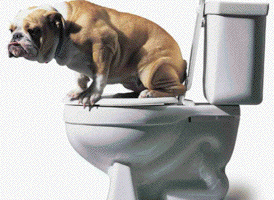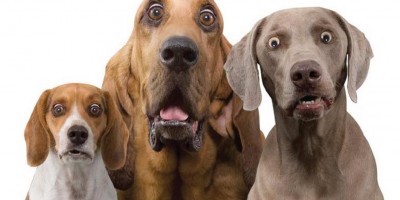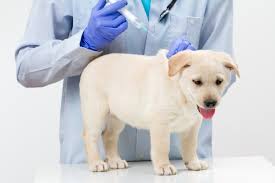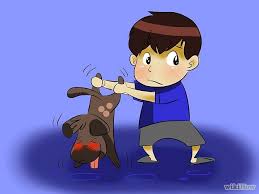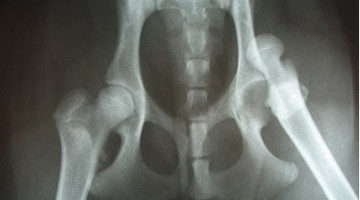Constipation – Rhodes 2 Safety
Constipation and straining can have many different causes but some of the more usual reasons for it are:- * Change of diet or normal toileting routine * Obesity or general lack of exercise * Spinal, joint or mobility problems making a squatting position painful * Impacted dry faeces * Impacted bony material * High percentage […]

